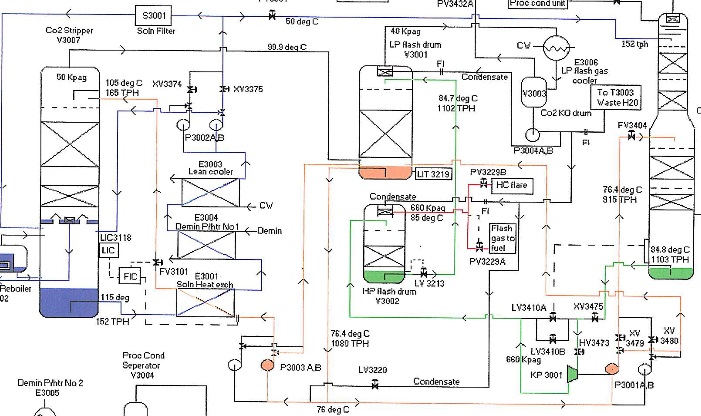
Melbourne Cup Hard Hat
At first glance, there is no obvious connection between engineering and art therapy. Engineering is about maths and technical machines, art therapy is about feelings and expression.
Why would a chemical engineer want to become an art therapist?
The following is a ‘woo woo’ free explanation of the art therapy process in terms an engineer can relate to.
Engineering and art therapy have a lot in common. They concern transformation, relationships, sequences of events. They solve complex problems. They use symbols and diagrams to explain and design new realities.
In my past work as a chemical engineer the objective was to turn base minerals into a valuable product. In the same way, art therapy is a technique for taking the grit that life gives you and transforming it into something meaningful.
Consider the role of drawings in engineering. Depending on the type of engineer you are, you know how to read Piping and Instrumentation Diagrams (P&IDs), Process Flow Diagrams (PFDs), Single Line Diagrams (SLDs).
What looks like a mass of lines, shapes and symbols to the layperson becomes a meaningful map of reality for an engineer.

Complex relationships expressed using lines, symbols and colours
Imagine that you’re working on a complex problem.
First, you need to understand the system. You’re dealing with a confusing mess of pipes, buildings, cables and of course, no drawings. So, you create one. You walk the line, take notes and construct a diagram that represents the complex system on the page.
If you’ve constructed a diagram like this then you know that while it’s hard work, it’s satisfying to finally unburden the tangle in your mind to a clear picture. This is like the expression stage of art therapy. Getting the complex system out of your head and onto the page.
Once you’ve got your engineering drawing you can start to look at it, find insights that you weren’t aware of. That line goes nowhere. This line is blocked, but this other line is an alternative path.
In engineering drawings you have a legend, a key which tells you which colour means what, what the symbols refer to. In art therapy colours, lines, shapes and symbols are used too but this time it is you that decides what it means. Your red might mean strong emotions, a line describes the connection in a relationship, the order is a story that is told from left to right, and even an animal might represent a person you know. By looking at your artwork in art therapy, you can begin to understand yourself and your situation better.
What if your drawing is wrong?
Changing an engineering drawing can be time consuming. Red-lined markups showing how it should, or will be. Submitting changes for approval, updating the system. In art therapy you have control over your artwork. You get a chance to think creatively how you can change the situation, move things around, get rid of something, add something in. Sometimes the answer is to scrunch up the piece of paper and start again.
You are the designer, you can recreate the map.

What is the colour red telling you?
These three steps in art therapy – expression, understanding, healing – map onto the problem solving stages in design.
Design is not the end of the project. Implementation is required to take the insights and solutions that were discovered during the process and make them reality. Art therapy can give a new perspective on a situation, and help you figure out how to resolve it but it’s up to you to take action and make the real changes in your life.
Need an action plan? Wait till you see the art therapy version of a Gantt chart.